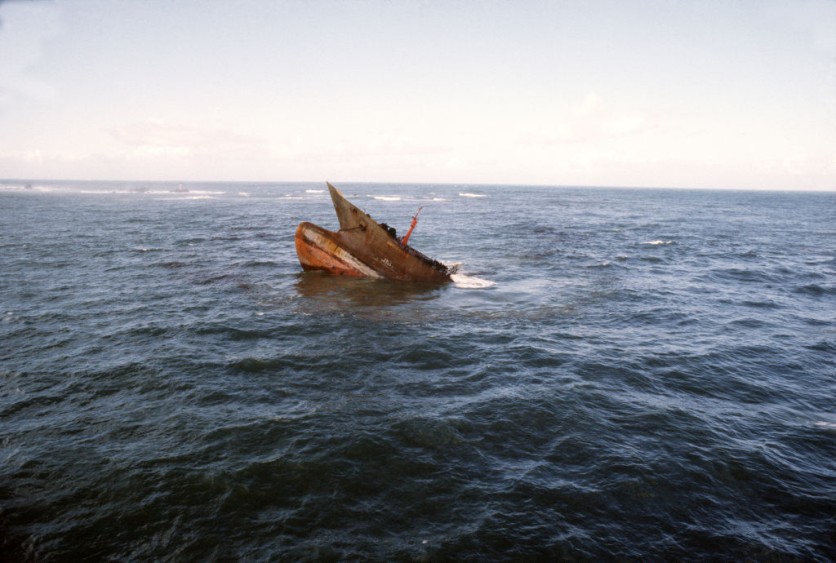Early human voyages may have started as early as 500,000 years ago to discover new islands, according to a new study of shorelines during the mid-Chibanian age.
As reported first by Science Alert, archaeologists discovered prehistoric artifacts on the Aegean Islands that are believed to be from the hominins. This could indicate that the oldest humans have already learned how to cross the ocean.

Did Hominins Travel the Sea?
It's hard to say when hominins first started traveling by sea since wood is the predominant material used to make early boats. Hence, there is no chance of discovering the earliest ships traveling the seas because they easily disintegrate over time.
However, bones and artifacts that have endured the cruelty of time, such as stone tools that don't degrade, as well as analysis methods that allow archaeologists to piece together how the world has evolved over many centuries.
The Aegean Islands span the Aegean Sea between Turkey, Greece, and Crete. They have also been inhabited for a very long time since the artifacts discovered may date back as far as 476,000 years.
Furthermore, these prehistoric tools found on Lesbos, Milos, and Naxos have been connected to the Acheulean style, which was popular in Africa and Asia around 1.76 million years ago and is linked to Homo erectus.
Recreating the Islands' Geography
ScienceAlert notes that previous research showed that during the ice ages, prehistoric humans traveled between the islands on foot. Sea levels fall when the planet freezes, allowing people to cross areas that would otherwise be submerged under water in more temperate climates.
Ferentinos and his associates recreated the geography of the area, including a reconstruction of the shoreline surrounding the Aegean Islands from 450,000 years ago, to learn if this was a possibility.
They did this by using rates of subsidence caused by tectonic activity as well as old river deltas, which may be used to estimate sea level.
Additionally, they found flaws in past reconstructions. The water level was at its lowest over the last 450,000 years, about 225 meters (738 feet) lower than it is presently.
This indicates that although some of the Aegean Islands were linked to one another when sea levels were lower, the islands have constantly remained isolated from the surrounding land masses during the past 450,000 years.
Even at the lowest point of the sea level, it would have taken several kilometers of open water to travel to the closest Aegean Island, as per ScienceAlert.
The researchers point out that there is other evidence that indicates this was not the oldest known sea crossing. Early humans are believed to have traveled the seas of Indonesia and the Philippines between 700,000 to a million years ago.
These findings suggest that sea voyages may not have started with the Homo sapiens but with the ones who came before them.
The results of the study were published in Quaternary International.
Related Article : Archaeologists Find an Extremely Rare 1,300-year-old Gold and Gemstone Necklace From a Medieval Woman in England

ⓒ 2025 TECHTIMES.com All rights reserved. Do not reproduce without permission.




